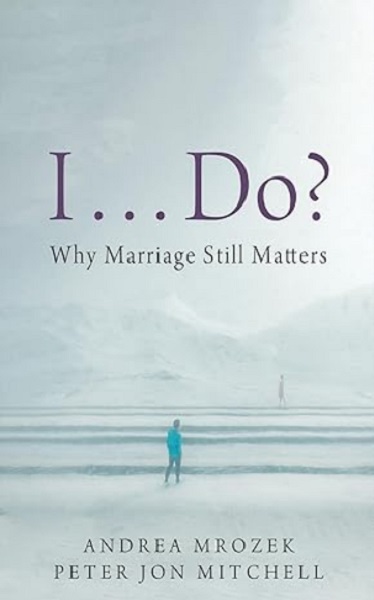Currently, employees have to pay roughly 5% of their income up to around $50,000 to the Canada Pension Plan. Their employers must match this amount. In simple terms, this is up to $2,500 per year, per employee, for both the employee and employer.
There are changes beginning in 2019 to gradually raise this amount to around 6% from around 5% while indexing the maximum pensionable amount. By 2024, the amount you pay CPP on is estimated to be over $66,000, and the rate around 6%. This is around $4,000 paid by the employee and around $4,000 paid by the employer.
There is then going to be an additional amount of another 4% for people earning more than this amount on the next $10,000 of earnings… ($400 per person)… but let’s just focus on the under $66,000 crowd for now.
The current system forces the employer and employee to contribute to a plan that they have no control over, and the government decides the rules, the investments, and the amount you get back when you can collect. If you die, your spouse may get a spousal benefit, but if you both pass away, there is nothing left behind to the next generation, siblings, charity, etc.
So let’s brainstorm.
What if, instead of a 5%… soon to be 6%… mandatory CPP contribution by employees and employers, we made it a mandatory 6% from both sides to an individual employee Locked-in Retirement Account or LIRA that the employee-owned (not the government nor the employer).
Now I’m not referring to the current technical definition of a LIRA necessarily, as I’m not an expert on retirement investment products. However, I am referring to the possibility of keeping your pension for your family, secured for later use, rather than letting the government dictate and take it from your family after death.
This “LIRA” could have the same characteristics of the CPP in that you can’t touch it until 60… and you must take it out or convert to a Registered Retirement Income Fund (RRIF) by 71. This will provide more control over the individual receiving the amount while locking it in for retirement.
It would also allow for the money to be transferred to a spouse, children, estate, or make a legacy donation upon death, rather than get eaten up by bureaucracy.
Many small business owners can’t afford to pay more benefits than what the government is already mandating, and that’s fine. I’m not saying increase or decrease the amount. I’m saying change the beneficiary.
As an employer myself, I want to provide for MY employees and their families. Why should their loved ones suffer financially because of a premature death of the parents? The money the parents paid into the CPP all their life is now being used to fund someone else’s retirement.
The CPP rewards longevity.
You would be better off to hook yourself up to a machine in perpetuity just to keep you alive and the cheques coming into your bank account for your descendants, than to die of natural causes.
However, families that need the money the most, need it usually because of a result of a premature death of the main income earner. If your children are adults and out of school, then there is nothing left behind other than a nominal maximum “death benefit” of up to $2,500 which we all know won’t even be enough to cover the funeral costs, probate fees, and legal costs.
With this idea, the cost is still the same for the employer and employee just like the CPP. The key difference is that in the event of death, the remaining amount can be transferred to whomever the employee designated as the beneficiary, rather than losing it all to the government. This plan would preserve the legacy of the individual that passed.
Do you like this idea? Or not?
So tell me what you think. Is it time we thought outside the pine box casket?
Cory G. Litzenberger, CPA, CMA, CFP, C.Mgr is the President & Founder of CGL Strategic Business & Tax Advisors; you can find out more about Cory’s biography at http://www.CGLtax.ca/Litzenberger-Cory.html
Related




 Fraser Institute1 day ago
Fraser Institute1 day ago
 MAiD1 day ago
MAiD1 day ago
 Frontier Centre for Public Policy1 day ago
Frontier Centre for Public Policy1 day ago
 Business1 day ago
Business1 day ago
 Addictions1 day ago
Addictions1 day ago
 International1 day ago
International1 day ago
 Daily Caller1 day ago
Daily Caller1 day ago
 illegal immigration2 days ago
illegal immigration2 days ago
















